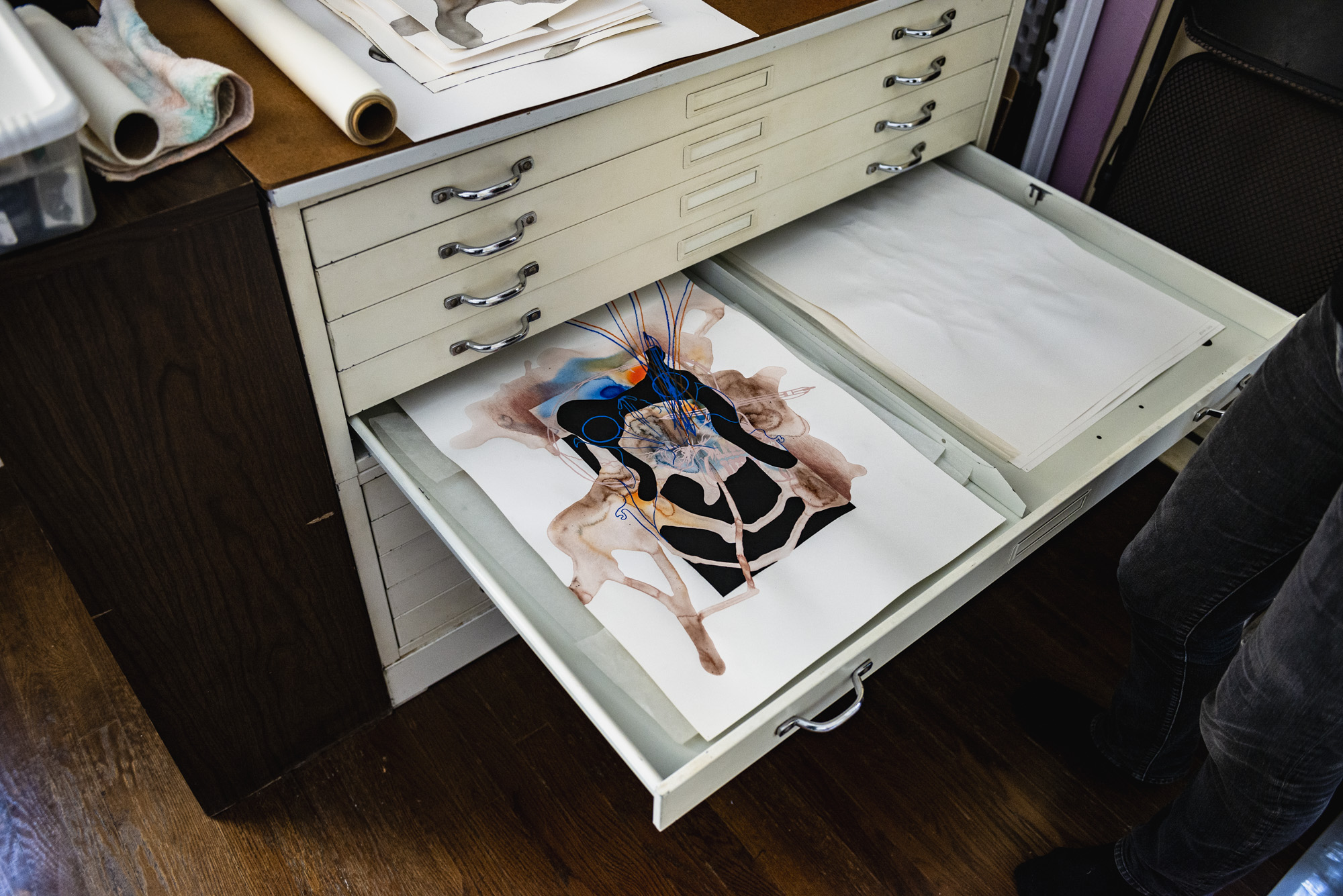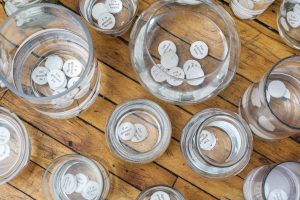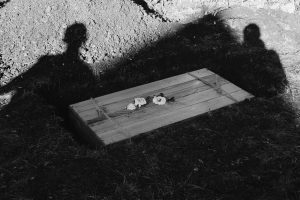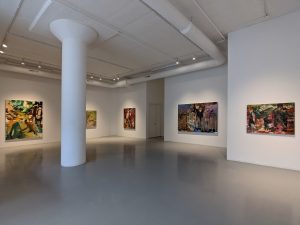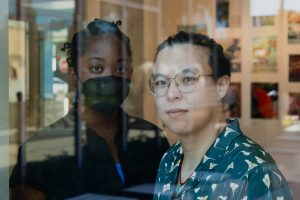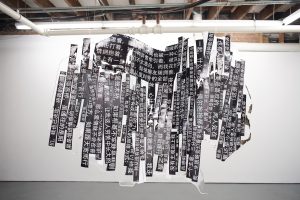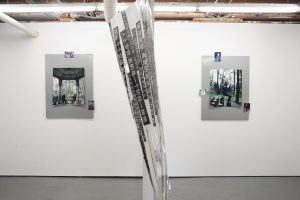“Intimate Justice” looks at the intersection of art and sex and how these actions intertwine to serve as a form of resistance, activism, and dialogue in the Chicago community. For this installment, we talked to Vesna Jovanovic via email about medical illustrations and the act of drawing.
S. Nicole Lane: I think I saw your work a few years ago actually (I think at the Museum of Surgical Science?), and recently stumbled upon it again thanks to the internet. I’ve been interested in your attention to bodily subjects. Can you discuss how your work relates to sex and anatomy and why those topics interest you?
Vesna Jovanovic: My focus on bodily subjects developed slowly over time. Many years ago, at SAIC, I took an experimental drawing class with Barbara Rossi. She asked us to create something along the lines of a Rorschach test and then draw directly on top of the inkblot. I was working a day job in an R&D laboratory at the time, so my mind was saturated with lab equipment and glassware. That’s all I could see in the ink: test tubes and flasks. Years later I tried the same method and the results were similar, but my glassware began to vaguely resemble organs and human tissue. Labs were in my past, and something new was surfacing. This realization sparked a fascination with scientific objectivity, biopolitics, ways in which we differentiate species, how we define the boundaries of the body, ontology in medical practice, and similar themes.
There were other influences on my work along the way. In grad school, I took a class with Ann Hamilton who taught me how to provide an experience rather than illustrate an idea. Ironically, I often use illustration in my work—albeit as a conceptual device rather than a tool for communication. I’m interested in how the language of medical illustration participates in visual culture; how perception leads to categorization and then representation; and how these things reflect cultural biases—especially with respect to marginalized bodies. This is where sex figures into my work. Sex is such a visceral and fluid part of human existence—yet as a cultural phenomenon it is still taboo, carefully controlled and organized into neat categories and groupings. Sex also provides a way of looking at subjectivity, intersubjectivity, and lived experience, and how these things reside in the body.
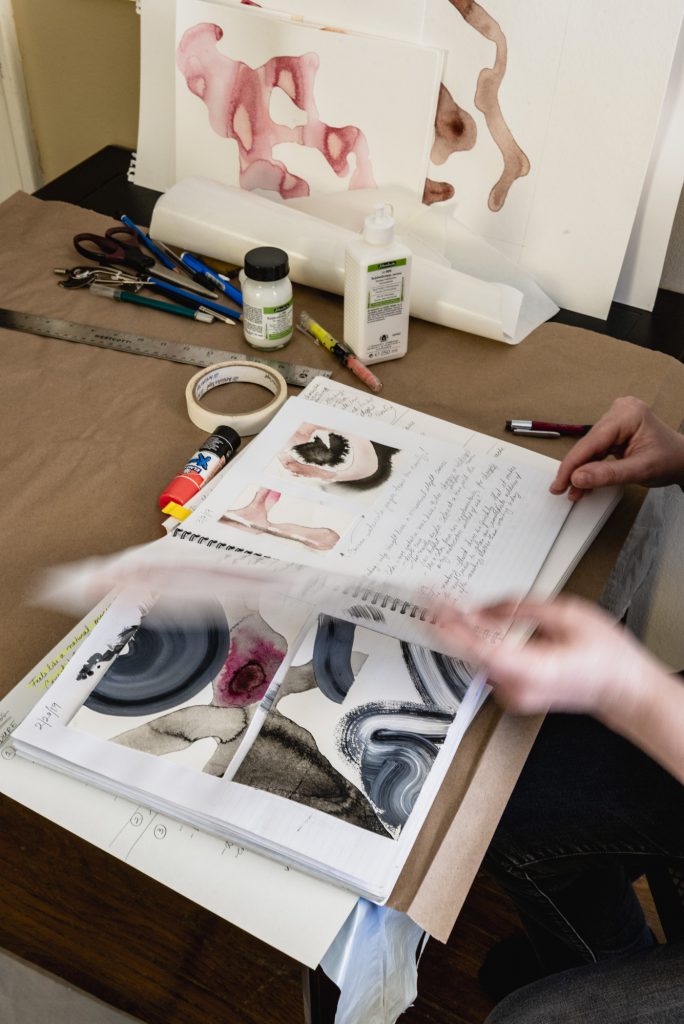
SNL: Can you talk about your project for Science (is not) Fair? I interviewed David for an Intimate Justice article and I’m also participating in the book as a visual artist. Anyways, do you want to discuss your interest in science and how it influences your work? Do you stay in touch with science writing/news/illustration?
VJ: That’s fantastic, and so exciting to be in good company! For the book, David prompted artists to think of alternative medical treatments, to comment on ways in which science can be limited when dealing with human bodies. It was an exceptionally difficult project to tackle. The ideas kept pulling me toward a subject that I didn’t want to pry, as it involved the personal life of a close friend. More specifically, my piece for the book addresses non-directed organ donation. I wrote an extensive journal entry about it here.
I was already pursuing an art career when science first sparked my interest. I was looking for a way to make sense of the world, and science seemed like a good avenue for that. Now I realize how misguided that idea was. The existentialists got it right: the world doesn’t make sense and it never will; it is up to us to create meaning. In retrospect, my studies in science made me more aware of how bias functions. Lately I’ve been reading Donna Haraway’s feminist essays on science, and they resonate with me. All that said, I still love science, but I can’t make it a priority. I sometimes listen to popular podcasts like Science Friday while working in the studio. Also, I am currently enrolled in a weekend Anatomy and Physiology class. I love drawing the cadavers.
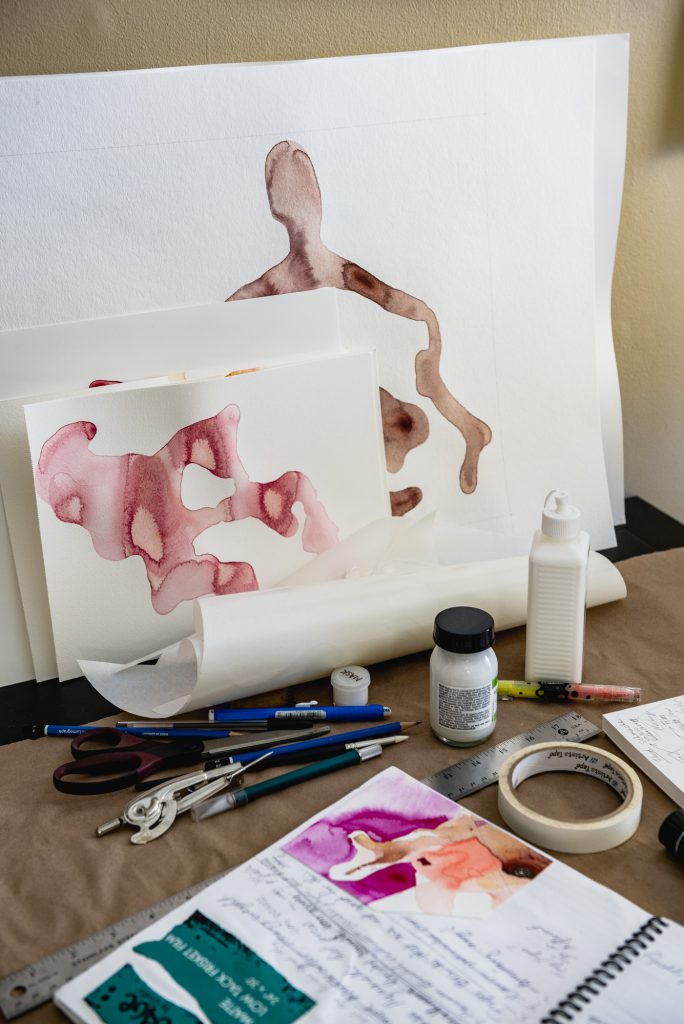
SNL: You’ve worked in various mediums. Can you expand on your relationship in working in different areas? How does the process of painting differ from sculpture?
VJ: True, I mostly draw and paint now, even though my background includes other disciplines. I spent many years studying ceramics and then photography. Both disciplines involve relatively specialized crafting techniques, and both have histories fraught with questions and struggles regarding their place in art. Studying these fields has taught me a lot about materiality and transformation, accident, image-making, craft, art, attachment, and so many other things.
As a student, I intentionally looked for classes that focused on particular crafting skills, like mold-making and casting, color darkroom, digital input/output, ceramic glaze lab… This kind of training helps so much with interdisciplinary work. I believe that having one’s hands in a material teaches a kind of tacit knowledge that cannot be communicated through words. It’s also nice to have experience with a variety of disciplines as they guide the creative process with their unique qualities and cultural contexts.
My current practice is mostly based on research and ideas that I compile in a sketchbook; the choice of medium is then dictated by whatever the particular work of art needs. Most of my recent work looks at the history of scientific visual representation, like medical illustration and other technical drawing which was largely developed on paper, so I work on paper a lot. I also love the act of drawing because it records bodily gesture in a very direct way, not unlike clay.
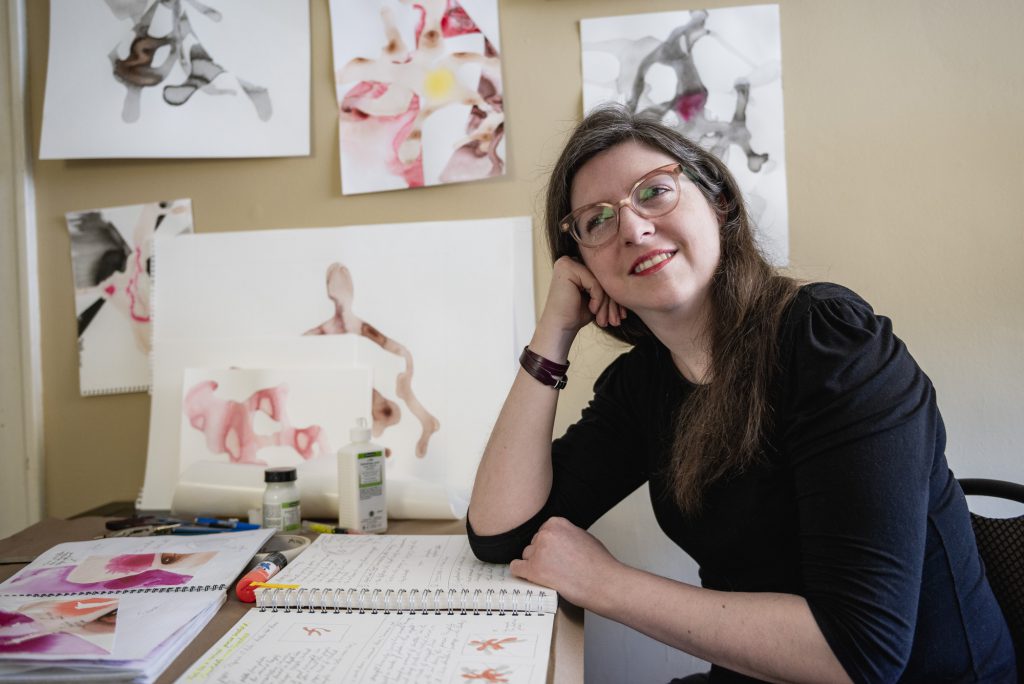
SNL: Can you talk about the recent show you were part of at Slow and the project you exhibited there?
VJ: Speaking of many disciplines, my project for Slow happened to involve an installation of artificial grass, but also pottery, performance, and a social/interactive element. The exhibition, titled Saturnalia, opened right around the winter solstice when the original Saturnalia festival would have taken place. It was a group show with a lot of fun work: paintings of magical fairy lands, ceramic penises, ornate colorful wearable items. After some research and play, I told the curator, Paul Hopkin, that I wanted to line the floors with artificial grass and make a bunch of ceramic gnome hats to give to gallery visitors. He was into the idea. The hats resembled the ancient Roman Pileus, normally made of felt and worn by freed slaves. During the ancient festival, everyone wore these hats in order to indicate a temporary break from social hierarchies. Party time. I used terracotta to make these hats and then encouraged people to take them home as gifts at the opening reception, like the sigillaria gag gifts that were exchanged during festivities in ancient Rome.
SNL: Any new exhibitions, residencies, projects, ideas that you want to plug and share?
I currently have work in a group exhibition at Siblings (formerly the Condo Association). The closing reception will be on Sunday, April 28th from 3PM to 8PM. There are other things in the works, but it’s too early to share. The best way to keep up with my work is to subscribe to my mailing list here.
Featured Image: Situated in Vesna’s studio is a flat file open with a painting on paper in the drawer. The work has colors of red, blue, brown, and black. Rolls of paper and other illustrations lie on top of the cabinet. Photo by Ryan Edmund Thiel
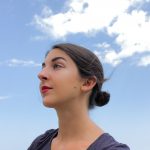 S. Nicole Lane is a visual artist and writer based in the South Side. Her work can be found on Playboy, Broadly, Rewire, i-D and other corners of the internet, where she discusses sexual health, wellness, and the arts. She is also the Office Manager for the Chicago Reader. Follow her on Twitter.
S. Nicole Lane is a visual artist and writer based in the South Side. Her work can be found on Playboy, Broadly, Rewire, i-D and other corners of the internet, where she discusses sexual health, wellness, and the arts. She is also the Office Manager for the Chicago Reader. Follow her on Twitter.
Photo by Jordan Levitt.
